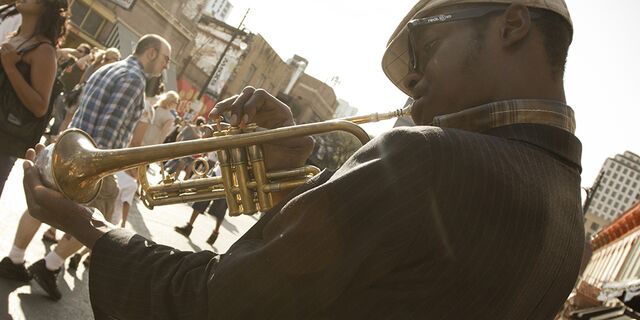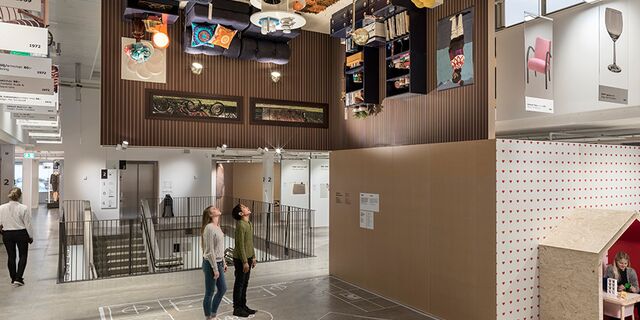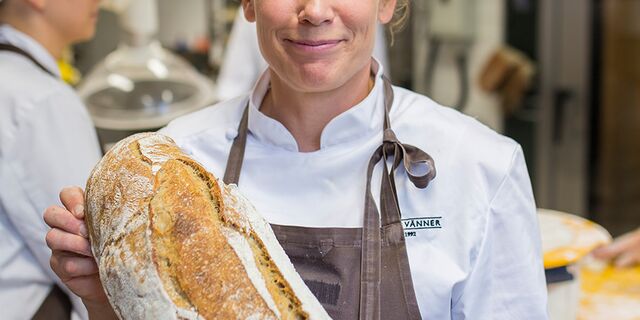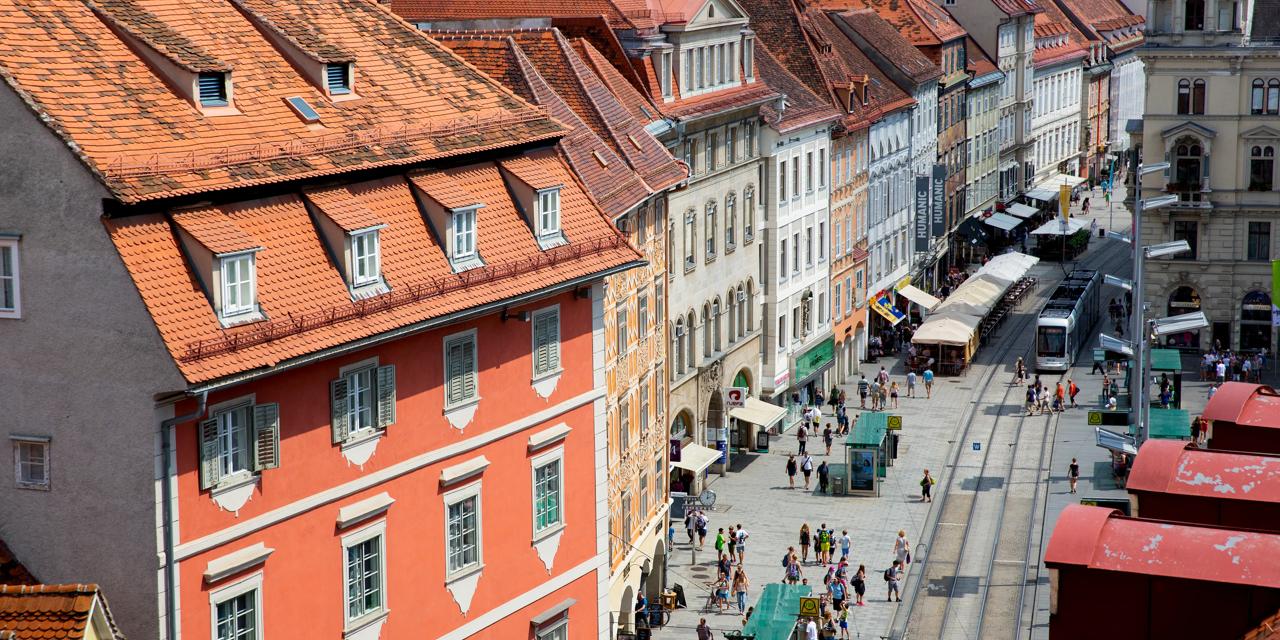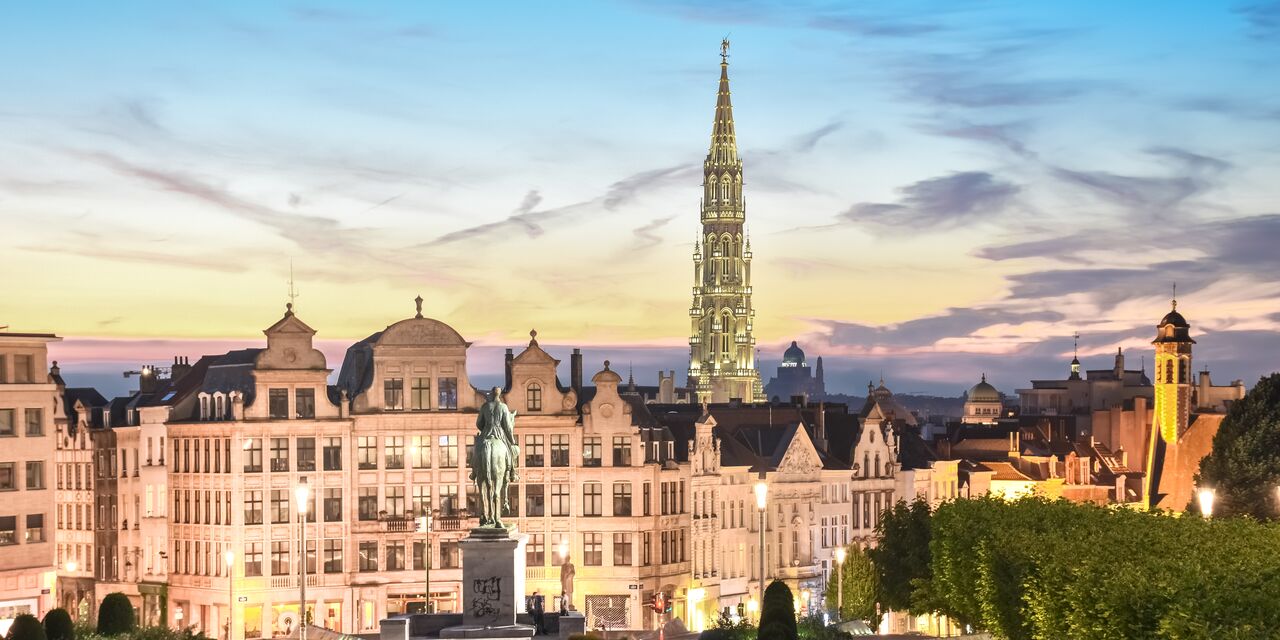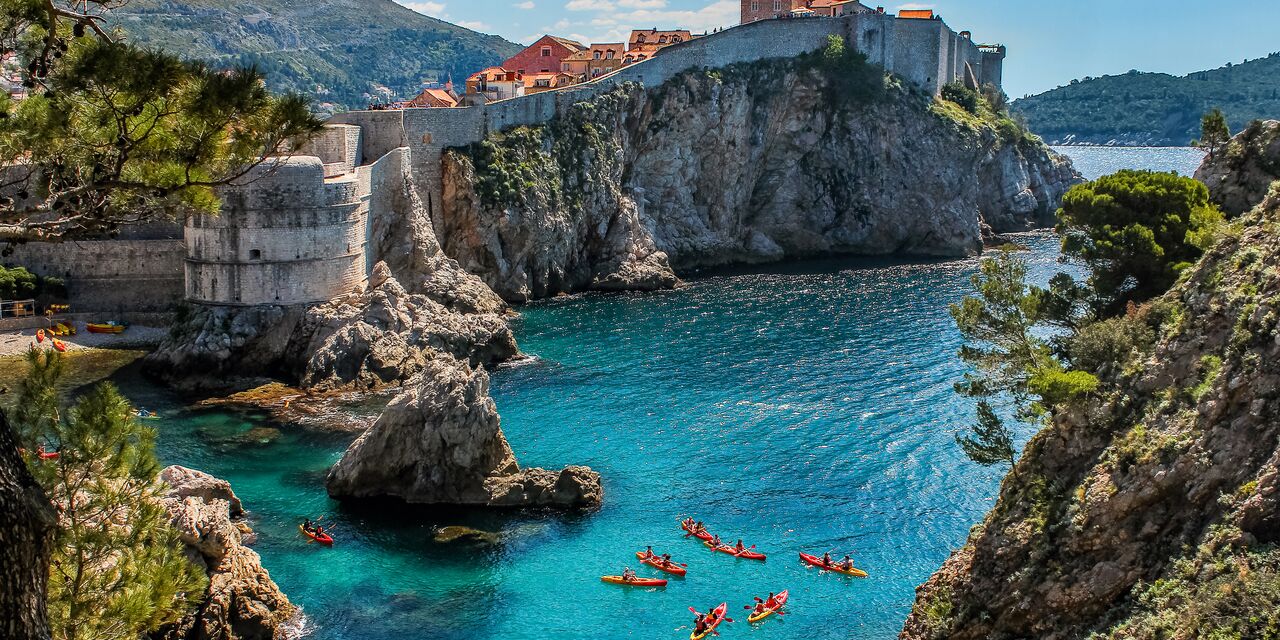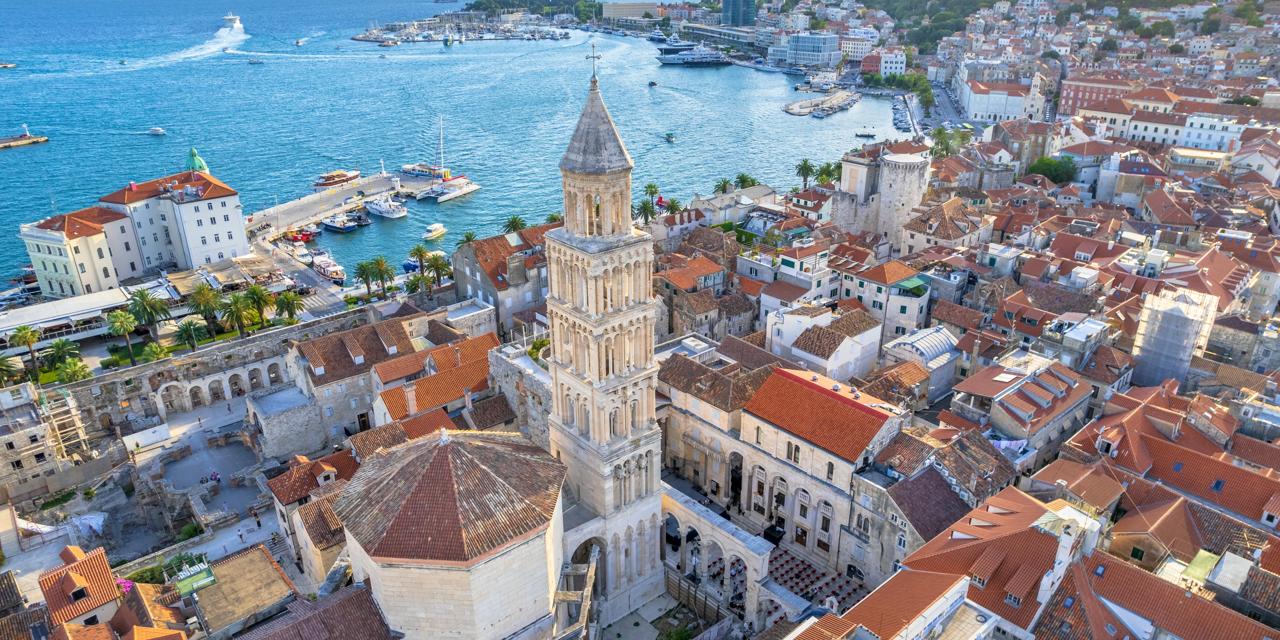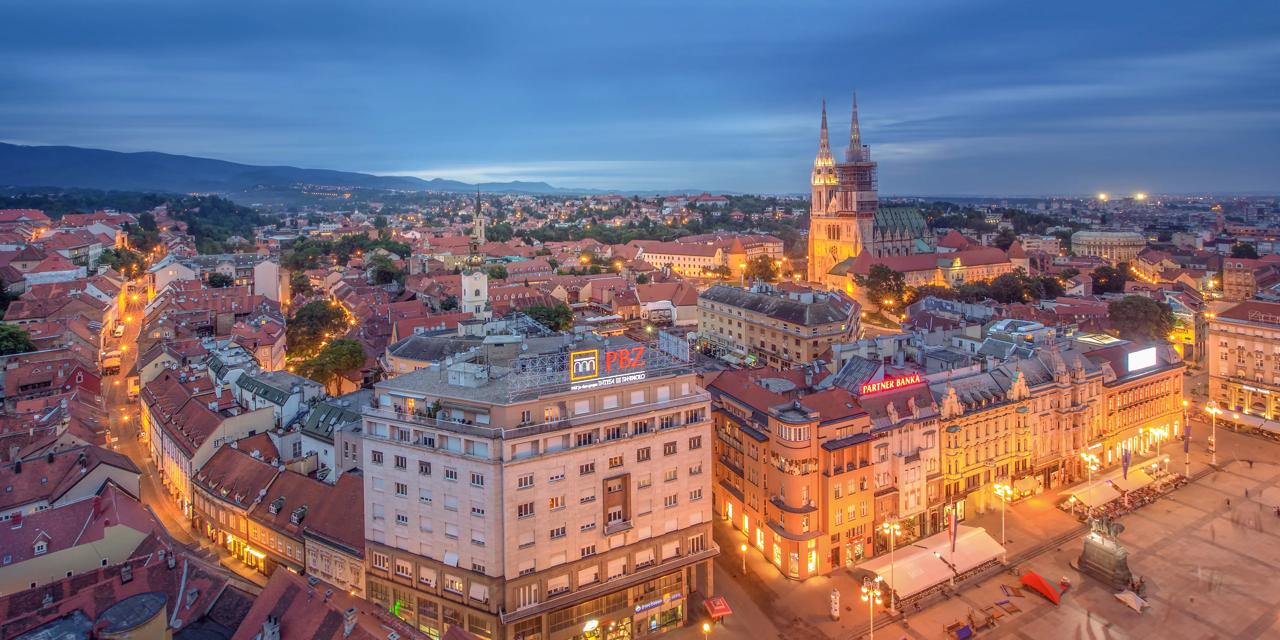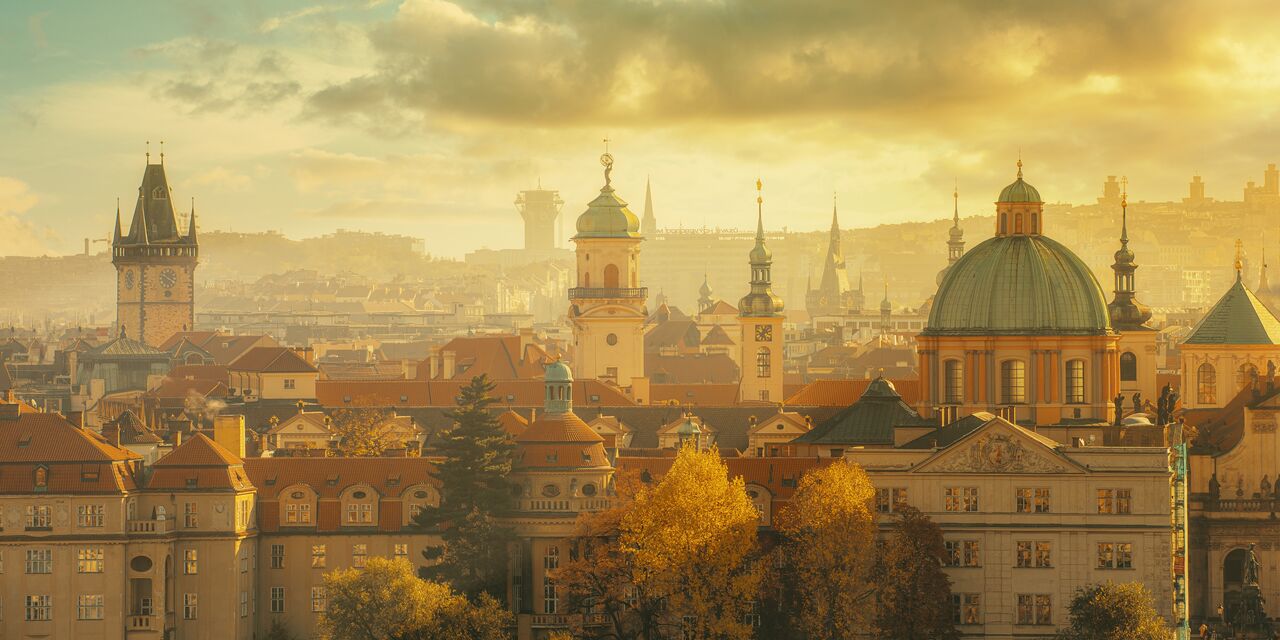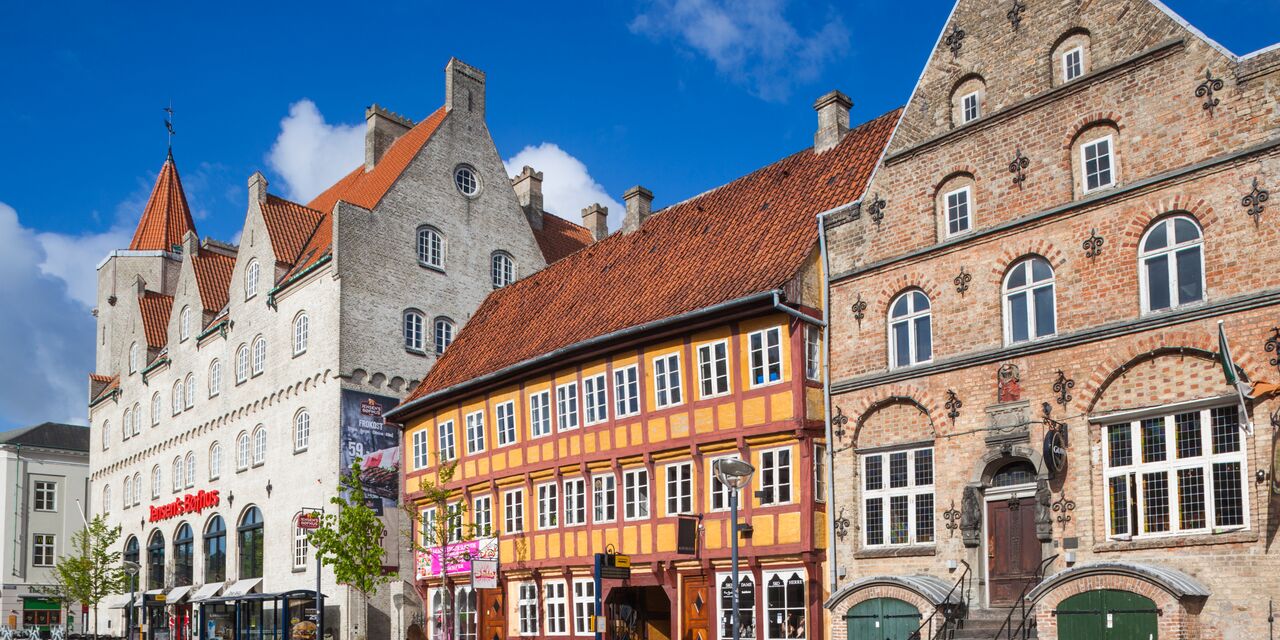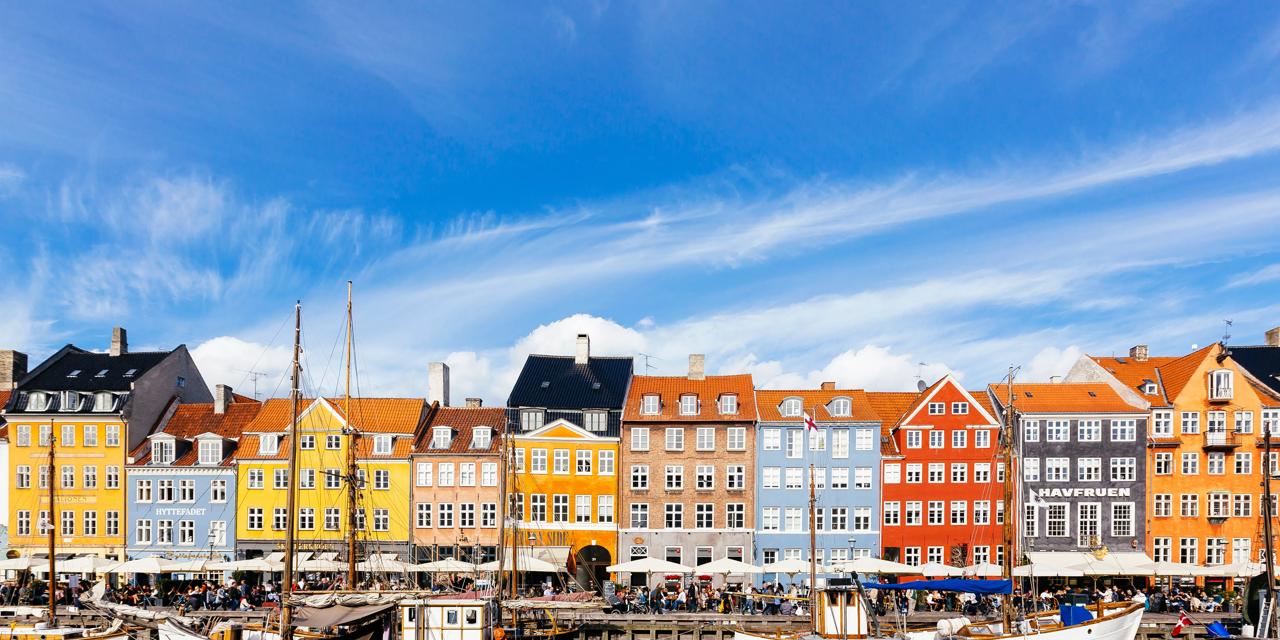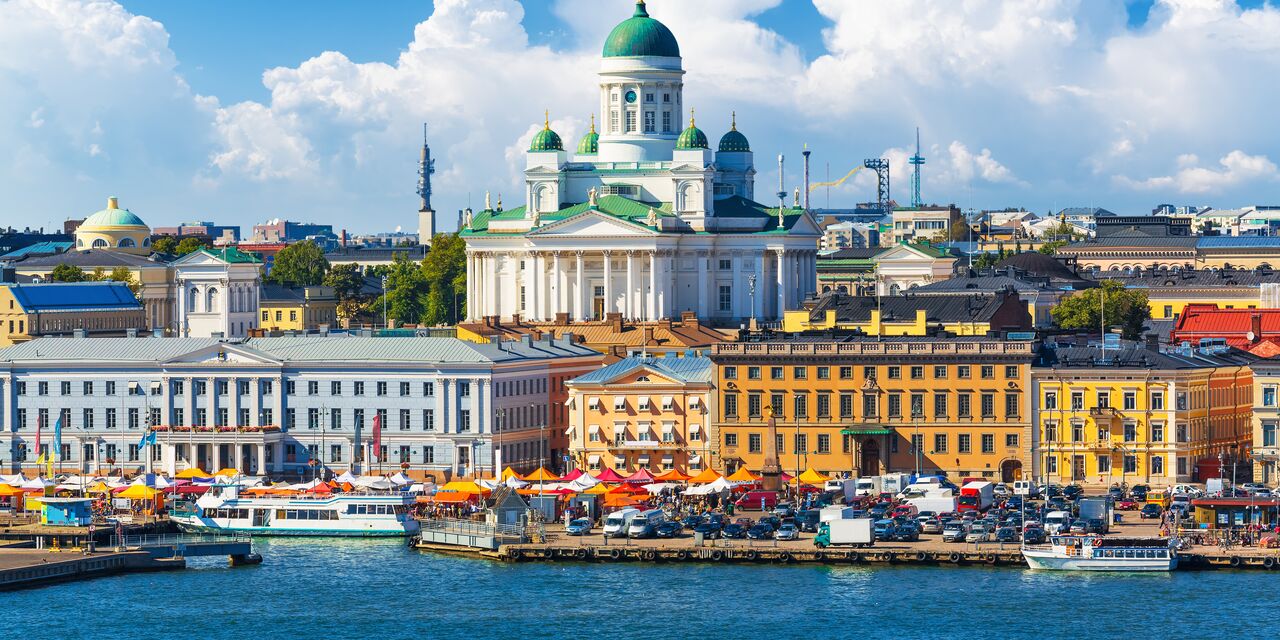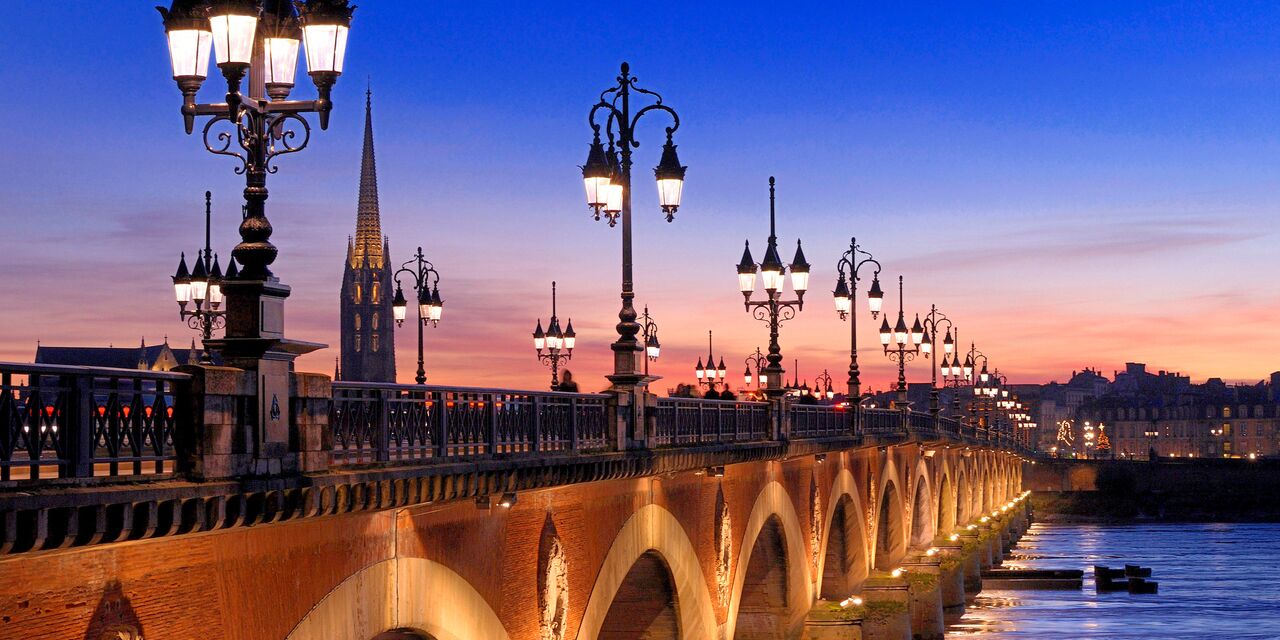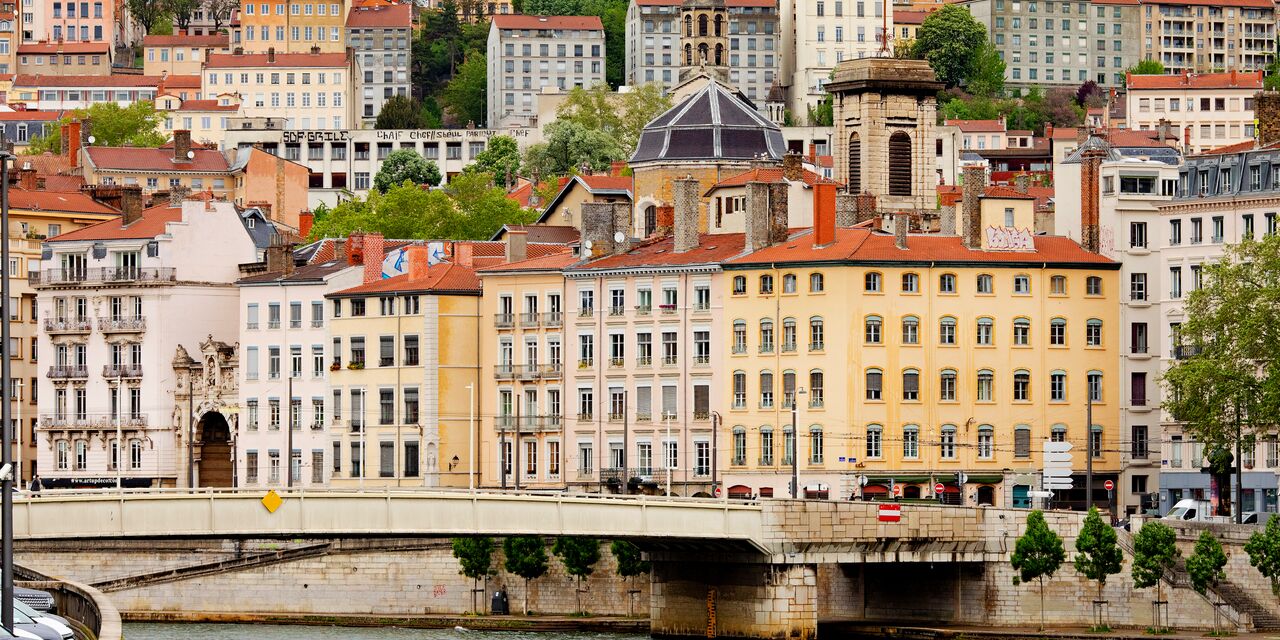Kremlin art
The Kremlin symbolises the Russian-Orthodox church, the tsars and communism, all in one place. Over time, the walled complex in the heart of Moscow has grown into the Russian centre of architecture and icon art. There are important year-round exhibits that bring the history of the federation to life.
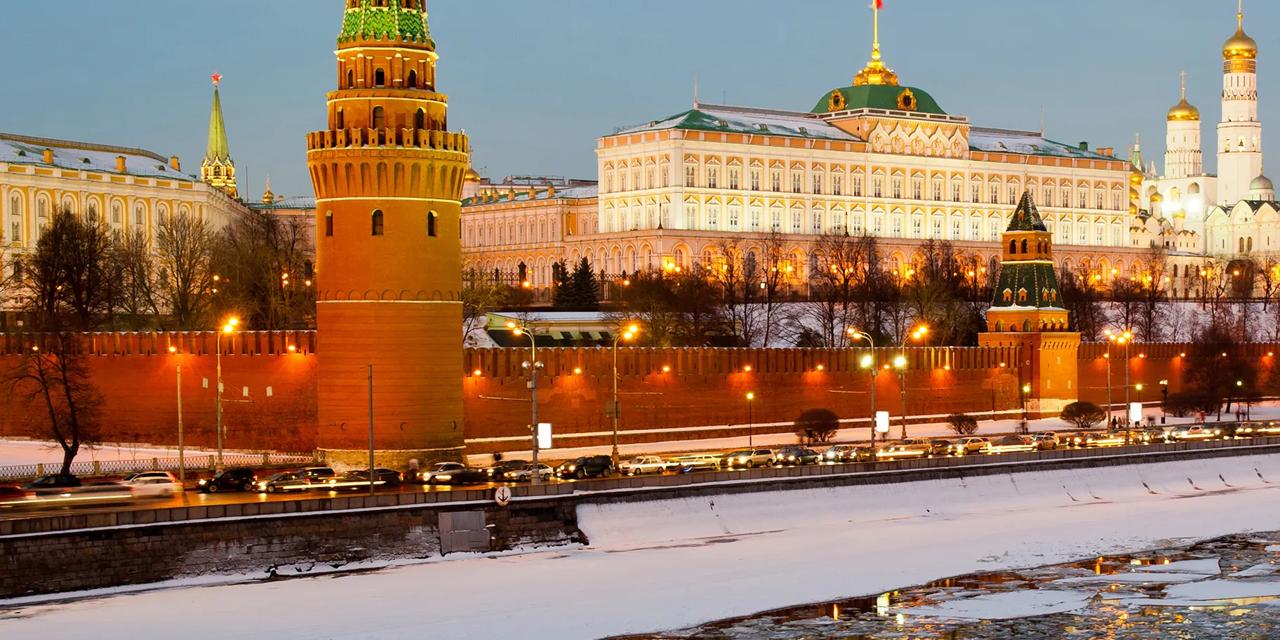
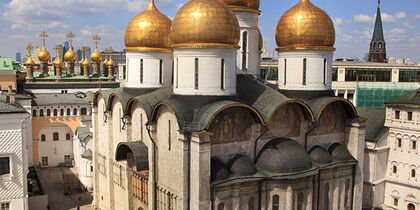
Inside the walls
It is due to the bad weather in 1812 that much of the Kremlin has been preserved. This was the year in which Napoleon occupied the government complex for a month. He ordered his army to blow up the Kremlin, but due to heavy rainfall they only partially succeeded. The Palace of the Patriarch is one of the buildings that was spared; today it displays 17th-century jewellery, household objects and furniture. The Church of the Twelve Apostles is adjacent to the palace. This private home church of the Russian Patriarchs is famous for its gilded wooden panel adorned with beautiful icons. As well as some incredible wall paintings, the 5-domed Assumption Cathedral also houses an iconostasis, a partition composed of 17th-century religious icons. The church also contains several older icons. Just outside of this sanctuary, near the wall, we find the graves of several church leaders. Be sure to visit the Ivan the Great Bell Tower, the arms collection in the Armoury Chamber, and the Aleksandrovsky Garden which is located not far from the Kremlin.
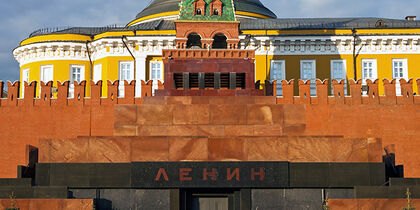
Communism preserved
Vladimir Lenin, one of the most influential leaders of the 20th century, is laid out in a tomb on the Red Square. After Lenin died in 1924, Josef Stalin decided to preserve the father of communism for all eternity. It took Russian scientists six months to develop an embalming chemical that could prevent the decomposition of Lenin’s body. The mummy is on display in a granite tomb on the square. The clothes are replaced every few years.
Discover other destinations in Europe
*The displayed prices are for one adult. All amounts are in CLP. Taxes and surcharges are included. No booking fee or payment surcharge is applicable. The prices shown are calculated at the exchange rate of today and may vary depending on fare availability. You will see the final amount when selecting your payment method. The ticket conditions depend on the fare basis. You can pay up to 3 instalments with a credit card without interests. Prices are only available on klm.cl.
The weather forecast information is provided by World Weather Online. Air France-KLM is not responsible for the reliability of this data.

